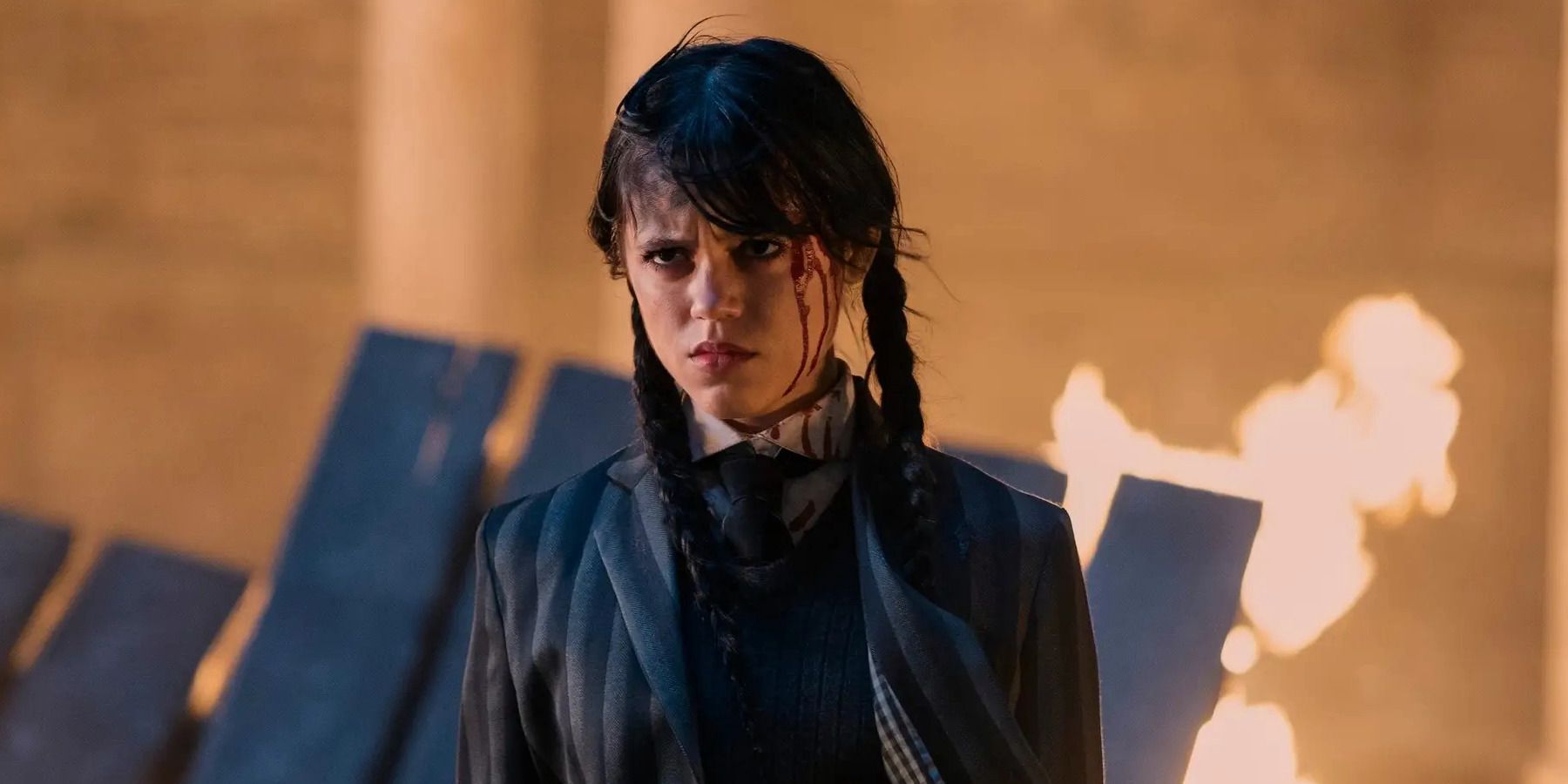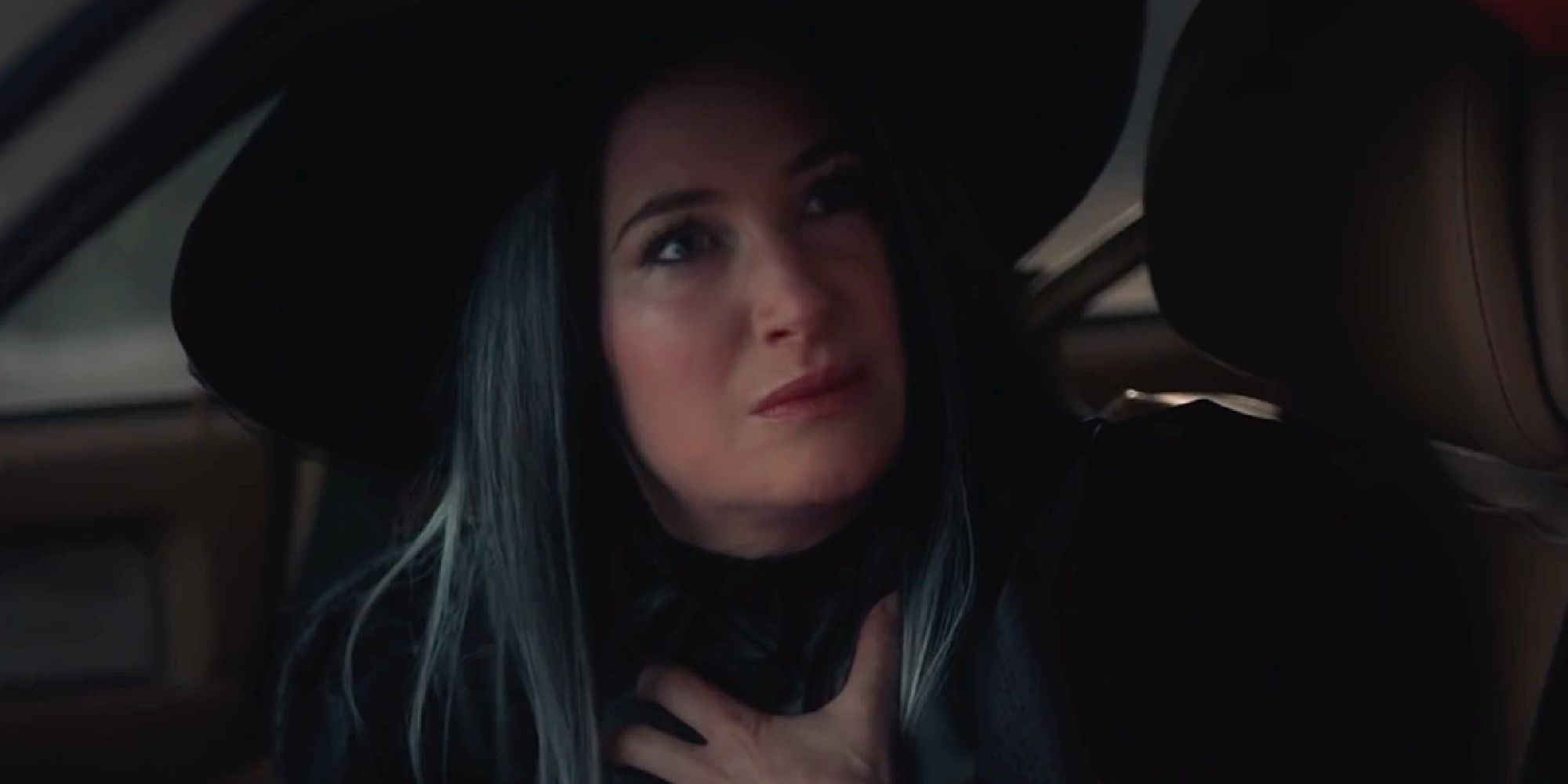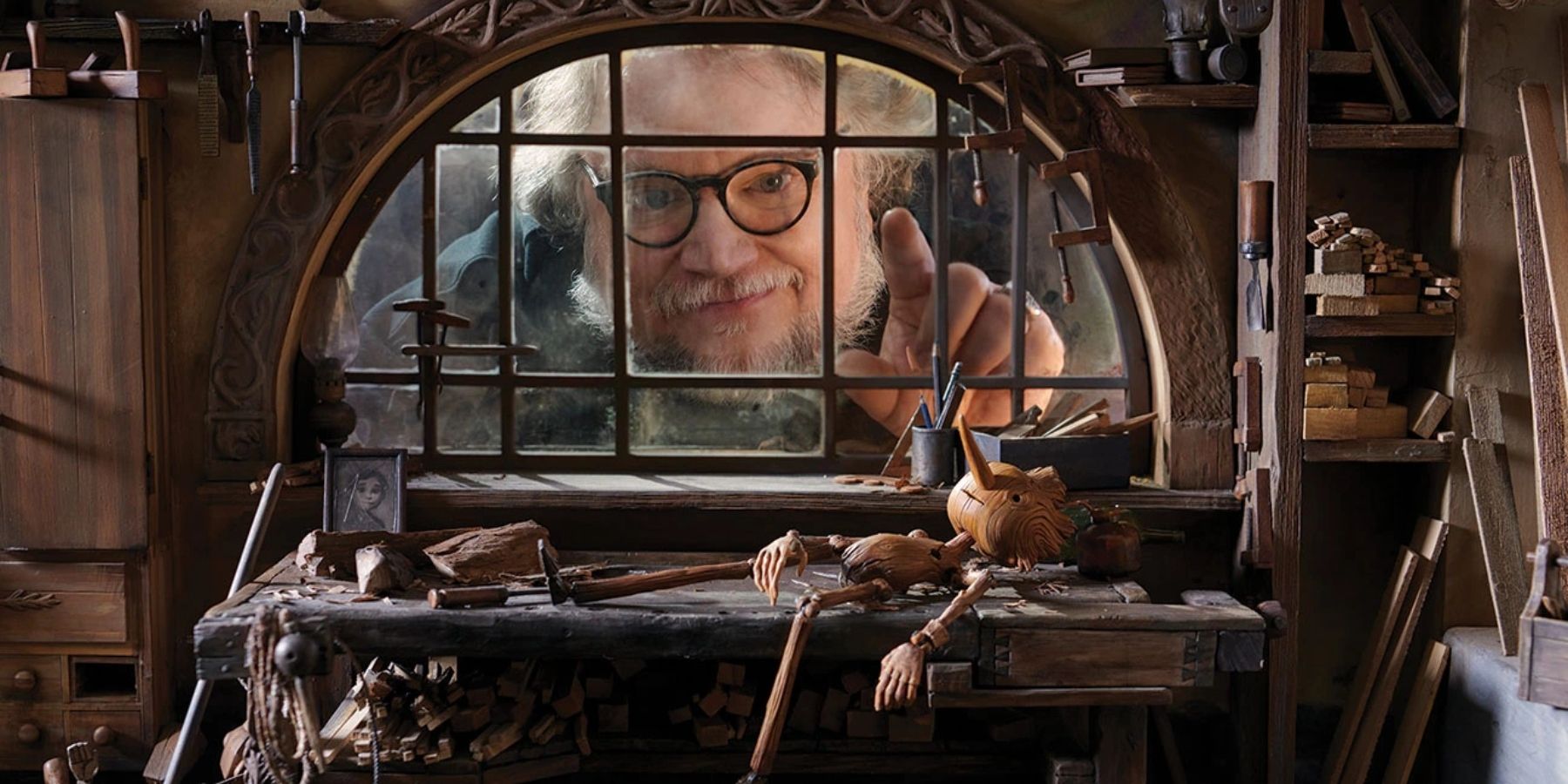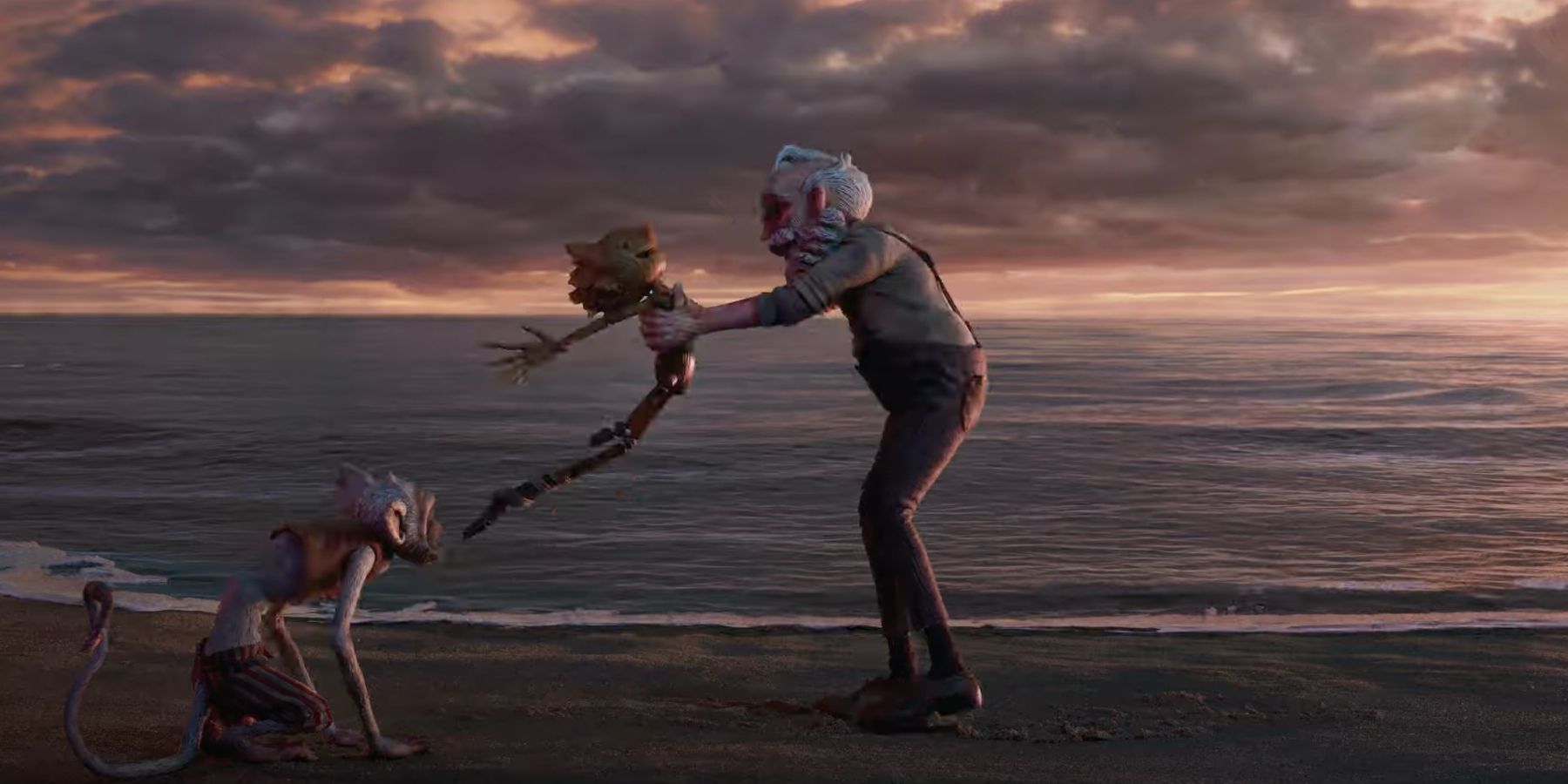Guillermo Del Toro’s Pinocchio on Netflix is one of the most eagerly awaited movies of this amazing director’s career, and one that has taken over 15 years to complete. It is a feast of visual delights, as well as a masterful feat of engineering that took place across 3 different creation studios in Mexico, Portland and England, and gives an amazing new sense of wonder and sentimentality to a well-loved classic. It is one of 3 Pinocchio movies out this year, but is arguably the best rendition of the story ever created.
Taking directorial inspiration both from his own life and relationship with his father, as well as his affinity with the most othered creatures of society like Shelley’s Frankenstein, del Toro sought to create a story that blended the incredible genre of animation with all the subtle nuances and epiphanies of modern day movie storytelling. Although it is del Toro’s first venture into stop-motion animation, it is an absolute triumph of the art form, and reminds fans of all the reasons why this complex and detailed artistry is such a treasure.
For those who want to learn more about the incredible dedication and perseverance that went into the animation of the movie, del Toro has released a ‘making of’ alongside it on Netflix, known as his Hand-carved Cinema. Within this miniature documentary of sorts, the famous director talks about the inspiration that went into designing and sculpting Pinocchio’s beautiful characters, creating the sets and the scenes in which the magic takes place, and the combination of animation-positioned puppets and moving motion cameras to create the dynamic and tangible forward thrust of the film. Del Toro himself says within the documentary that “Normally film captures reality. Animation creates it” and guides viewers through this process of bringing inanimate objects into a life of their own on screen.
So how did the animators simulate real life? From moving each facial expression of the silicone puppets, to studying the way that humans gesticulate when they speak passionately about a subject, and transferring this in minute detail to Sebastian J Cricket’s four arms, Pinocchio is a stop-motion wonder that goes beyond the surface and captures the very essence of humanity within its art. This genre of storytelling is a rare gem, namely because it takes so long to make an entire feature-length movie, but there have been several treasures from the past that del Toro took inspiration from, including Wallace and Gromit from Aardman Production Studios, and more recently Kubo and the Two Strings from Laika Studios.
Each of these projects brings about its own authenticity through the ways in which they embed their weird and wondrous other-worldly elements into a hyper-real backdrop in order to ground the viewers into a place where they can be fully immersed. Through impeccable attention to detail in the sets and backgrounds of the scenes, from the scale and size of the equipment in Geppetto’s workshop to the coal stains on the walls around the fireplace, Pinocchio recreates our world, but sprinkles in that extra layer of magic that elevates the mundane into a new level of existence, when crickets talk and blue sprites bring life to wooden objects so that the old man who has lost his son doesn’t have to be alone.
Del Toro states “This is no different than decorating a full-size live-action movie set. That’s the beauty of stop-motion animation,” and it couldn’t be more perfectly achieved than within this epic combination of real-life sets and other-worldly effects. There are so many amazing stop-motion films that tell a story in a way that no other genre ever can, because of the minute details that go into every single scene, from the delicate movement of the smallest finger on Geppetto, to the largest sweeping gesture of the biggest Pinocchio puppet that creates scale for cricket’s small stature, as shown in Hand-carved cinema.
The director imparted that he “really wanted this movie to land in a way that had the material nature of a hand-made piece of animation, an artisanal, beautiful exercise in carving, painting, sculpting, but it had the sophistication of movement that research on rigs and puppetry making had taken us to.” and he and his team did just that, through use of cameras moving alongside the puppets, such as in the scene at the beginning of the movie of Carlos on the swing, or the swinging of Spazzatura through the carnival grounds, which took 3 months to films but appears in the movie as one continual shot.
The pure gold that comes from movies like this is partly in the amazing talent and love of those who create it, those who invest years of their lives to the stitching of the historically accurate fabrics and the painting of the buildings with their carefully imprinted cobblestone texture enhanced with a layer of white dry brushing, to the depth of color in the sand of death’s room in the underworld, and the humanity in the silicone faces that are painstakingly moved millimeter by millimeter until they register and reflect all of the subtleties of human emotion.
But more than this, stop-motion animation films like Pinocchio are a treasure because they imprint such tangible memories in all who see them, and create such a compelling connection with their audience that their magic is carried with us, always.






